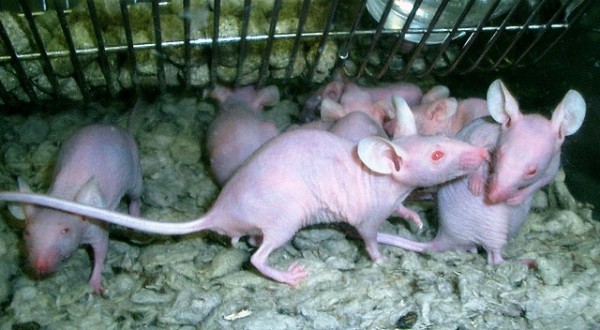Researchers Create Healthy Mice Offspring from Frozen Testicular Tissues

Frozen testicle tissue of mice can be used to produce live offspring, find researchers.
Japanese scientists from the Yokohama City University Association of Medical Science discovered a new technique that can help save the fertility of young men and boys undergoing complex medical treatments that affect their reproductive health.
They used the tissue of mice testicles that were cryo-preserved or deep frozen for nearly four months to create eight healthy offsprings. The testicular tissue was extracted from new born mice and preserved by slow-freezing and vitrification or quick freezing. Later, these tissues were thawed and cultured to induce spermatogenesis or the process of enabling the production of sperms from testes, reports Reuters.
Through micro-insemination the sperms impregnated female mice eggs to produce eight offsprings. The experts noted the offsprings did not have any abnormalities and were also capable of reproducing.
These findings will help in preservation of fertility in those undergoing chemotherapy for cancer and any other treatment that affects reproduction.
So far, sperm freezing and storage was considered as the only option for men who wanted to have children in future years. But even this process requires boys to attain sexual maturity in order to store their sperm. Testicular tissue freezing enables prepubescent boys to have children later in their adulthood irrespective of the status of their reproductive health.
"The cryopreservation of testicle tissue may be a realistic measure for preserving fertility. This strategy presents a potential method for preservation of fertility but will require further work before it can be translated into humans," write the authors in the study, reports the New York Daily News.
More information is available online in the journal Nature Communications.
Jul 03, 2014 08:56 AM EDT




